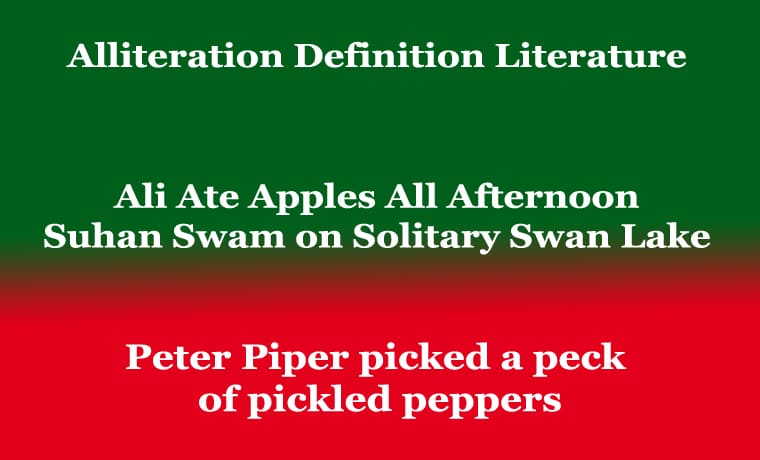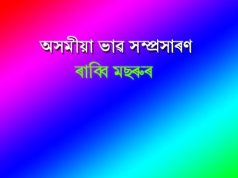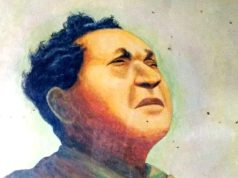Alliteration Definition Literature
Alliteration Definition Literature
Alliteration Definition Literature
Introduction:
In literature, alliteration is a literary device that involves the repetition of initial consonant sounds in nearby or adjacent words. This technique is often used to create a rhythmic and melodious effect, drawing attention to specific words or phrases. Alliteration is frequently employed in poetry, prose, and other forms of literature to enhance the musicality of language and contribute to the overall aesthetic appeal of the text.
Aspects of Alliteration in Literature:
Repetition of Consonant Sounds: Alliteration involves the repetition of consonant sounds at the beginning of words in close proximity. This repetition can occur with individual consonants or groups of consonants.
Example: “Sally sells seashells by the seashore.”
Rhythmic Quality: Alliteration contributes to the rhythmic quality of language, creating a pattern of sound that can enhance the flow and musicality of the text.
Example: “Peter Piper picked a peck of pickled peppers.”
Emphasis and Attention: By repeating initial consonant sounds, alliteration draws attention to specific words or phrases, emphasizing them and making them stand out in the text.
Example: “The wild winds wailed through the willow trees.”
Poetic and Aesthetic Effect: Alliteration is often employed for its poetic and aesthetic effects, adding a sense of beauty, symmetry, and harmony to the language.
Example: “Whispering willows welcomed the weary wanderer.”
Functions of Alliteration in Literature:
Sound Emphasis: Alliteration emphasizes the auditory aspect of language, creating a pleasing and memorable sound pattern. It can contribute to the overall tone and atmosphere of a literary work.
Mnemonic Device: The repetitive nature of alliteration makes it a useful mnemonic device, aiding in memory retention. It can make phrases or lines more memorable for the reader or listener.
Example: “A big black bear basked in the beautiful sunshine.”
Enhancing Imagery: Alliteration can enhance imagery by creating a vivid and evocative sensory experience. It helps convey a sense of rhythm and texture within the language.
Example: “Misty mountains murmured in the morning mist.”
Stylistic Flourish: Writers often use alliteration as a stylistic flourish to add flair and creativity to their writing. It can contribute to a sense of playfulness or sophistication in the language.
Example: “Silken, sad, uncertain rustling of each purple curtain.” (Edgar Allan Poe)
Conclusion:
Alliteration is a versatile and expressive literary device that enriches the auditory experience of language in literature. Whether used for its rhythmic qualities, aesthetic appeal, or to draw attention to specific words, alliteration plays a significant role in shaping the overall impact of a text on its readers. 0 0 0. Alliteration Definition Literature
Alliteration Definition Literature
You May Like:







